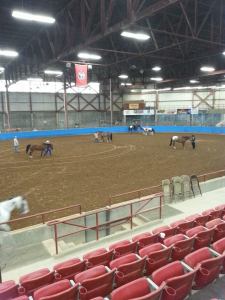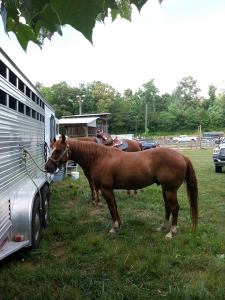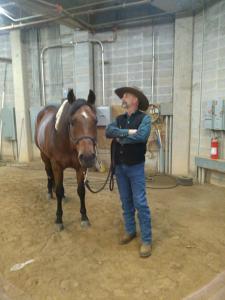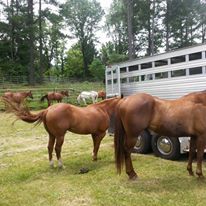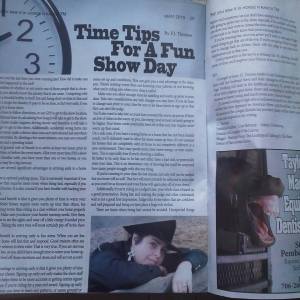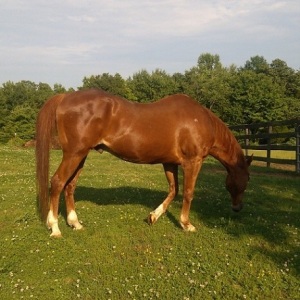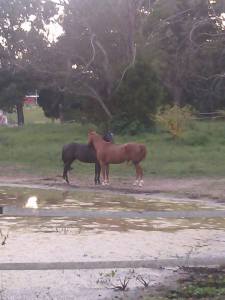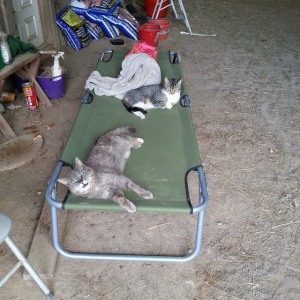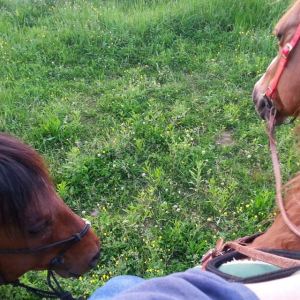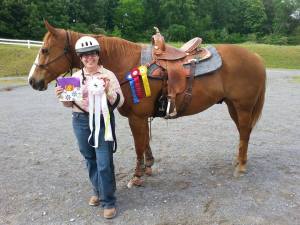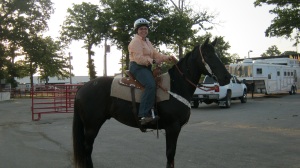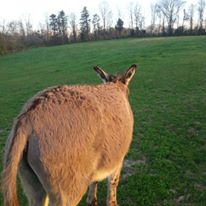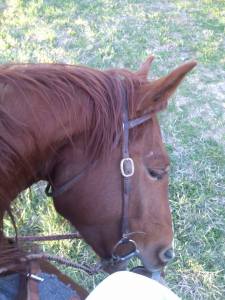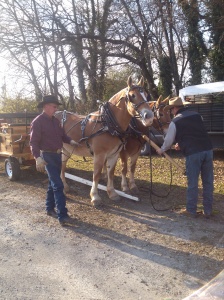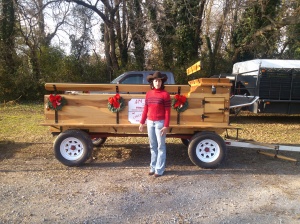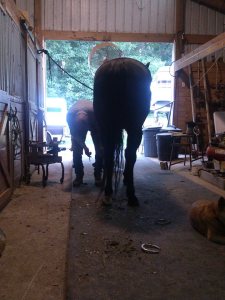Let me ask you two questions…Does your horse load into a trailer in two minutes? Can just anyone else get your horse on a trailer?
Those two questions can literally determine whether your horse ends up dead or alive.

Several years back, in researching an article I was writing for America’s Horse Magazine, I learned that during that wildfires that year, they gave people two minutes to load their horse. Two minutes or the police would make you leave your horse to fend for itself.
This week I saw some of the stories of horses that were stranded in the floods of Louisiana and Texas. In the video below, they’re having to load three horses in knee-deep water. The first two went on without any effort, but the last one went on and came right back off. The video ends before we find out if they got the horse on the trailer.
Video link –
https://www.facebook.com/groups/368919936614181/
No one ever thinks a disaster will happen to them. The truth of the matter is that unexpected things happen that can require your horse to load quickly and easily, and if they don’t there can be some dire consequences.
For instance, depending on where you’re at, having a flat tire on your truck or trailer, or having an accident can require that you load your horses on the side of an interstate or busy road. The longer it takes your horse to load, the more at risk you are with traffic.
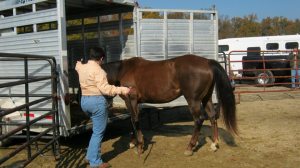
So what can you do if your horse doesn’t load well?
There’s a million different methods out there on trailer loading – some safe, some not so safe. Really, in the end, how you get a horse to load easily is making the trailer a place the horse wants to be and is comfortable in.
How do you do that? Short of only feeding you horse at or on the trailer and nowhere else every single day, when a horse wants to leave a trailer let them but put them to work. You can lunge, you make them do side pass work or any other manner of getting their feet to move. Then come back to the trailer to rest.
As long as they’re looking or checking out the trailer, they’re trying. Leave them be. When they’re not, ask them to move forward on to it — it is important that they know how to move forward by pointing or tapping at the hip!
Once they get on, don’t shut them in. Let them come out if they feel the need to come out. If you’re claustrophobic, locking you in a tiny box doesn’t make you like cramped spaces! Horses are the same way. They get comfortable by knowing they can leave.
The next important piece is consistency and repetition. The more a horse does something, the more he learns and the better he gets at it.
If I have a horse that doesn’t want to load, I will set my trailer up where I can expose them to the trailer every time I turn them in and out of the pasture. Ideally, I’ll take them to the trailer twice a day if I have the time. I don’t spend an hour-long marathon session there. I spend just a minute or two there at the trailer asking them to move forward closer or on the trailer. If they do what I ask in thirty seconds, we’re done and they get to be turned out as a reward.
My retired race horse, Dynamic Host, is my latest big trailering project. When I went to pick him up, he had no clue that tapping on the hip meant go forward. (If he’d been in those California wildfires, he’d been dead!) His heart rate and respiration was so elevated that you would have thought he’d just won a race. It was obvious he was not comfortable being on a trailer, and I wondered if we would be able to bring him home!
The thing about high-strung and nervous horses is that you can’t whip them on to a trailer or make them go. For one, they’re usually too big to make them go anywhere, and someone will most definitely get hurt trying. Additionally, when they get scared they don’t think at all – they panic and blow up. The lessons of giving to pressure go right out their little window.
The answer for those type horses is teaching them to relax and think, and gradually let them get accustomed to being on the trailer. Repetition and time.
Don’t wait until you’re in a bad situation to work on getting your horse to load better. Do it now so that you and your horse won’t be caught off guard.
How well does your horse load? If he doesn’t load easily and quickly, what is something you can do today to remedy that?
